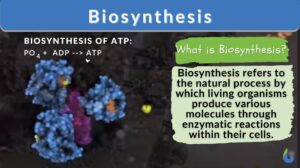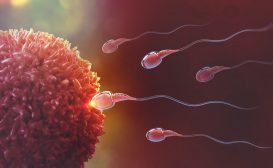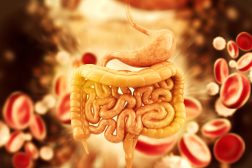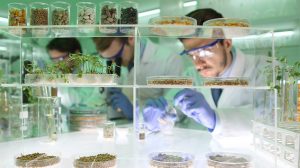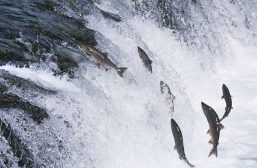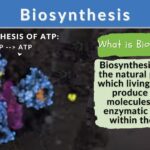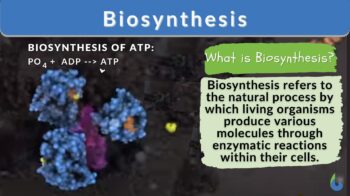
Biosynthesis
n., plural: biosyntheses
[ˈbaɪəʊˈsɪnθəsɪs]
Definition: Biological production of molecules within living organisms
Table of Contents
Biosynthesis Definition
Biosynthesis refers to the production (synthesis) of a complex chemical compound from simpler precursors in a living organism, usually involving key enzymes to catalyze the reaction and energy sources. The creation of an organic compound in a living organism, especially at the molecular level, is referred to as biosynthesis. It involves the orchestrated series of enzymatic reactions within biosynthetic pathways to create intricate molecules essential for life and human health.
Examples of Biosynteses
Biosynthesis involves different biological processes that utilize specific chemical reactions to produce essential complex molecules within living organisms. Examples are as follows:
- Photosynthesis is the synthesis of complex products using carbon dioxide, water, inorganic salts, and light energy (from sunlight) captured by chlorophyll and other accessory pigments. This process occurs in photoautotrophic organisms — from single-celled cyanobacteria to multicellular organisms, such as plants.
- Carbohydrate synthesis is the synthesis of simple sugars and complex carbohydrates.
- Amino acid synthesis is the synthesis of an amino acid, which in turn is used in the synthesis of proteins and peptides, as well as other amino acids (which serve as precursors for certain amino acids).
- Protein synthesis is the synthesis of proteins, including catalytic enzymes. This process is closely linked to amino acid synthesis as amino acids are the building blocks of proteins.
- Lipid synthesis is the synthesis of lipids, such as fatty acids and phospholipids (for the synthesis of lipid membranes).
- Nucleic acid synthesis is the biosynthesis of nucleic acids, such as DNA and RNA. Nucleic acids carry the genes encoding the correct sequence of amino acids of a particular protein.
- ATP synthesis is a biosynthetic process, which is tightly linked to the energy-producing, enzyme-catalyzed reactions of cellular respiration, such as glycolysis, Krebs Cycle, electron transport chain, and chemiosmotic coupling.
Energy Driving Biosyntheses
Energy drives chemical reactions that produce new substances. The major forms of energy utilized are chemical energy (particularly ATP and other energy carriers like GTP and NADPH) and light energy.
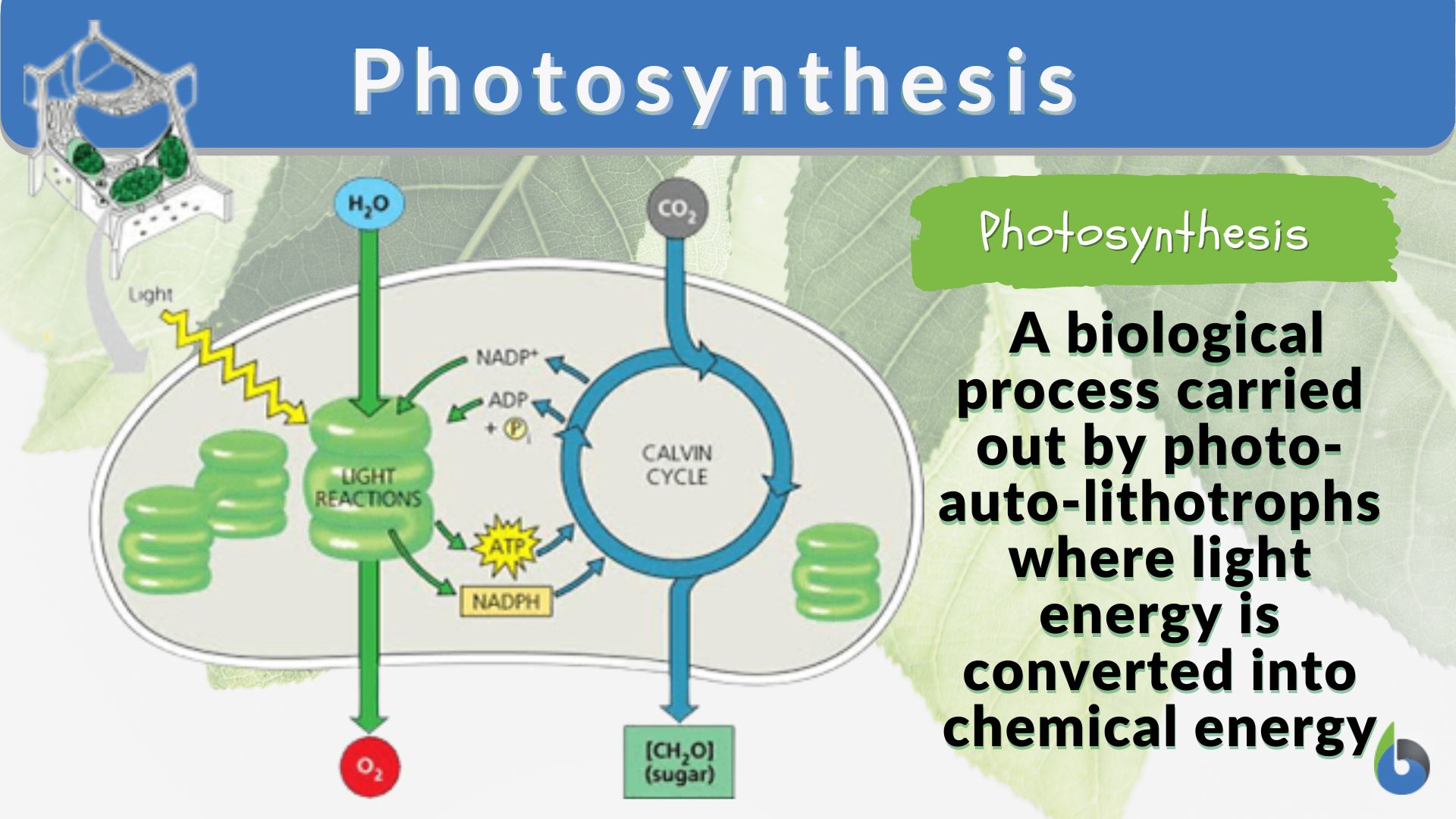
NOTE IT!
Acetyl-CoA is a pivotal molecule in the biosynthesis of most organisms. It acts as a vital intermediate connecting catabolic and anabolic processes of cellular metabolism. For instance, it acts as a precursor for the synthesis of natural products (e.g., fatty acids and cholesterol). In cellular respiration, two acetyl-CoA molecules can enter the Krebs cycle (where foodstuffs are fully oxidized and processed at the cellular level) from the two molecules of pyruvate formed during the initial reaction (glycolysis).
References
- 5.12B: Biosynthesis and Energy. (2017, May 9). Biology LibreTexts. https://bio.libretexts.org/Bookshelves/Microbiology/Microbiology_(Boundless)/05%3A_Microbial_Metabolism/5.12%3A_Biosynthesis/5.12B%3A_Biosynthesis_and_Energy
©BiologyOnline.com. Content provided and moderated by Biology Online Editors.
